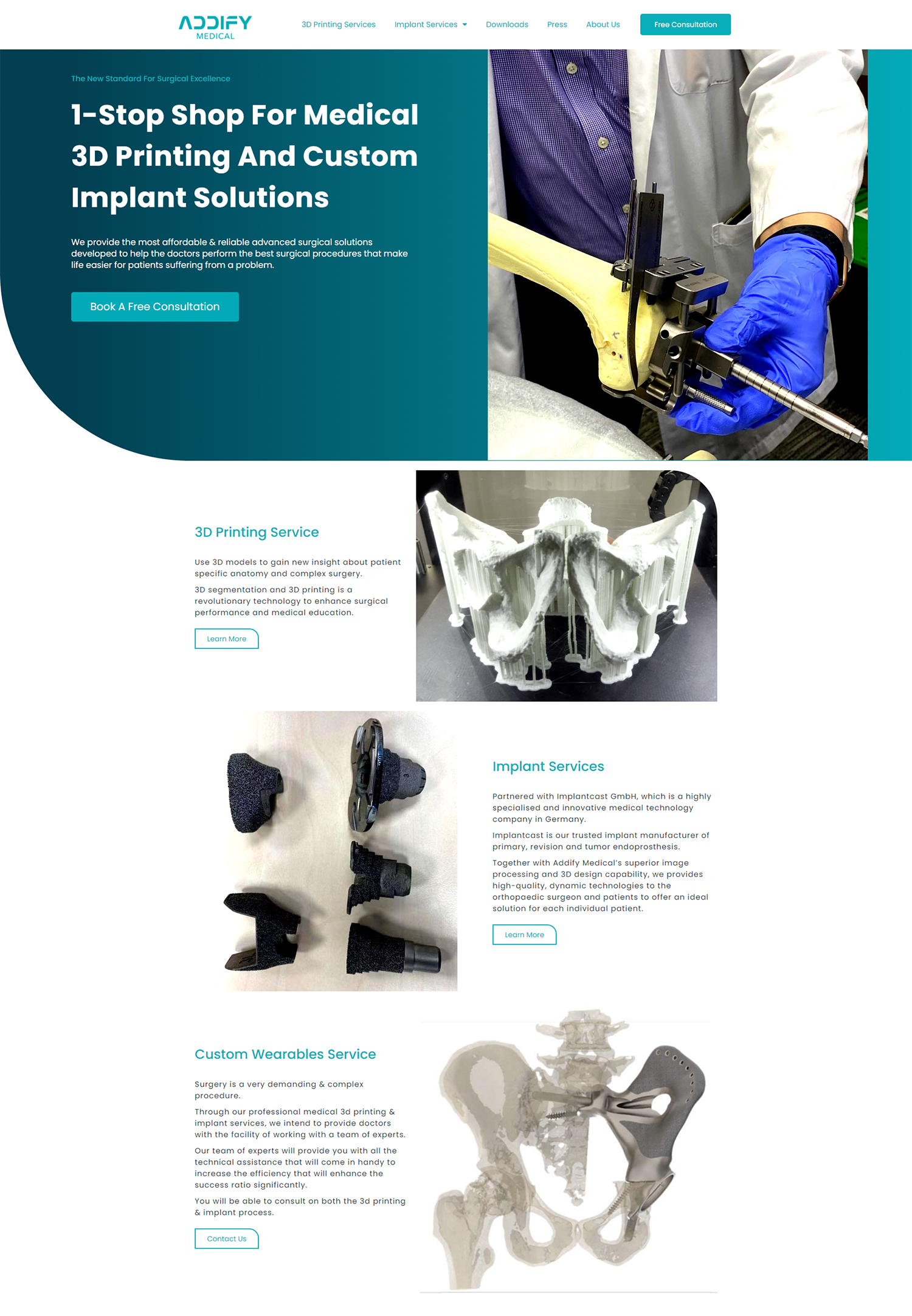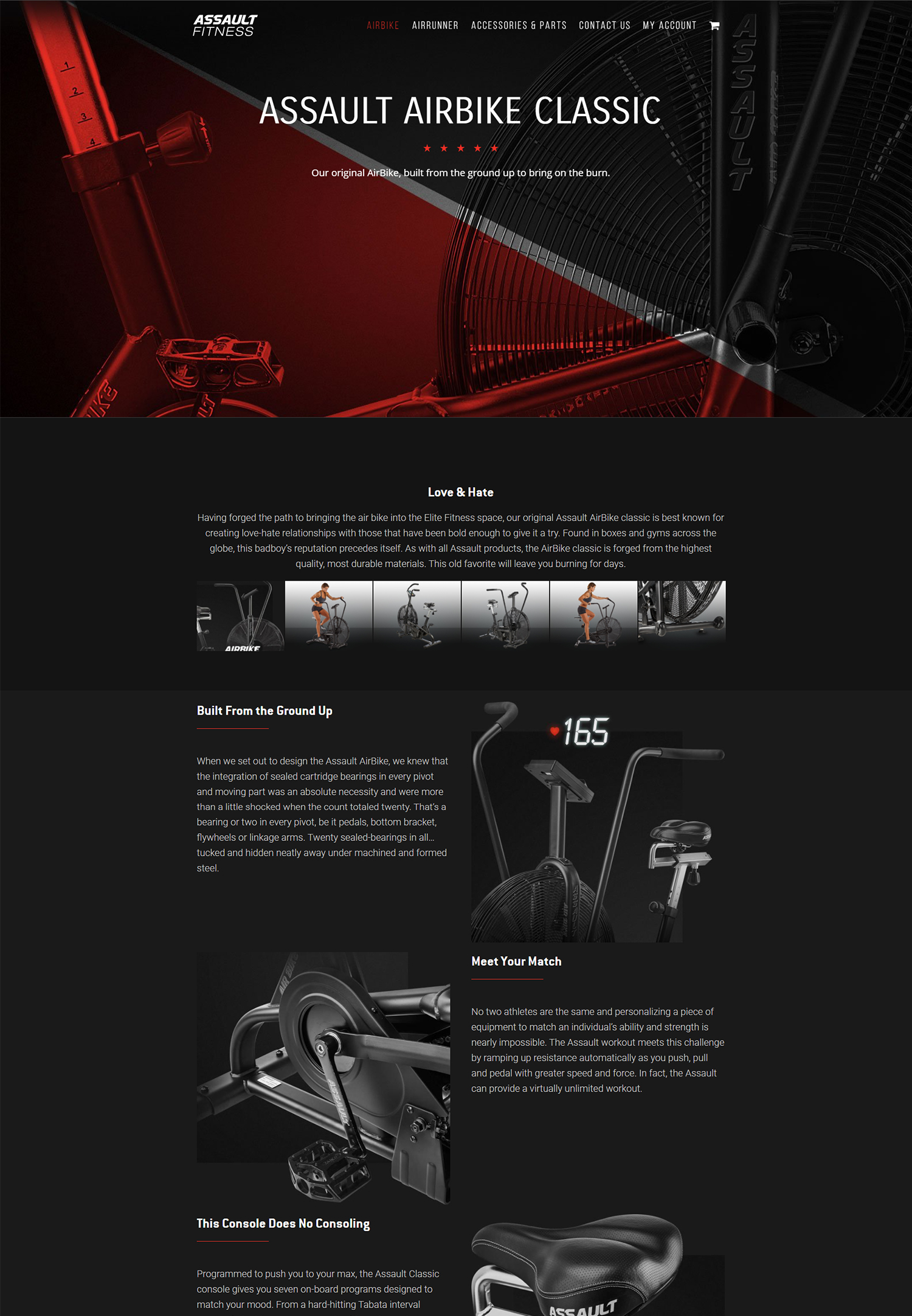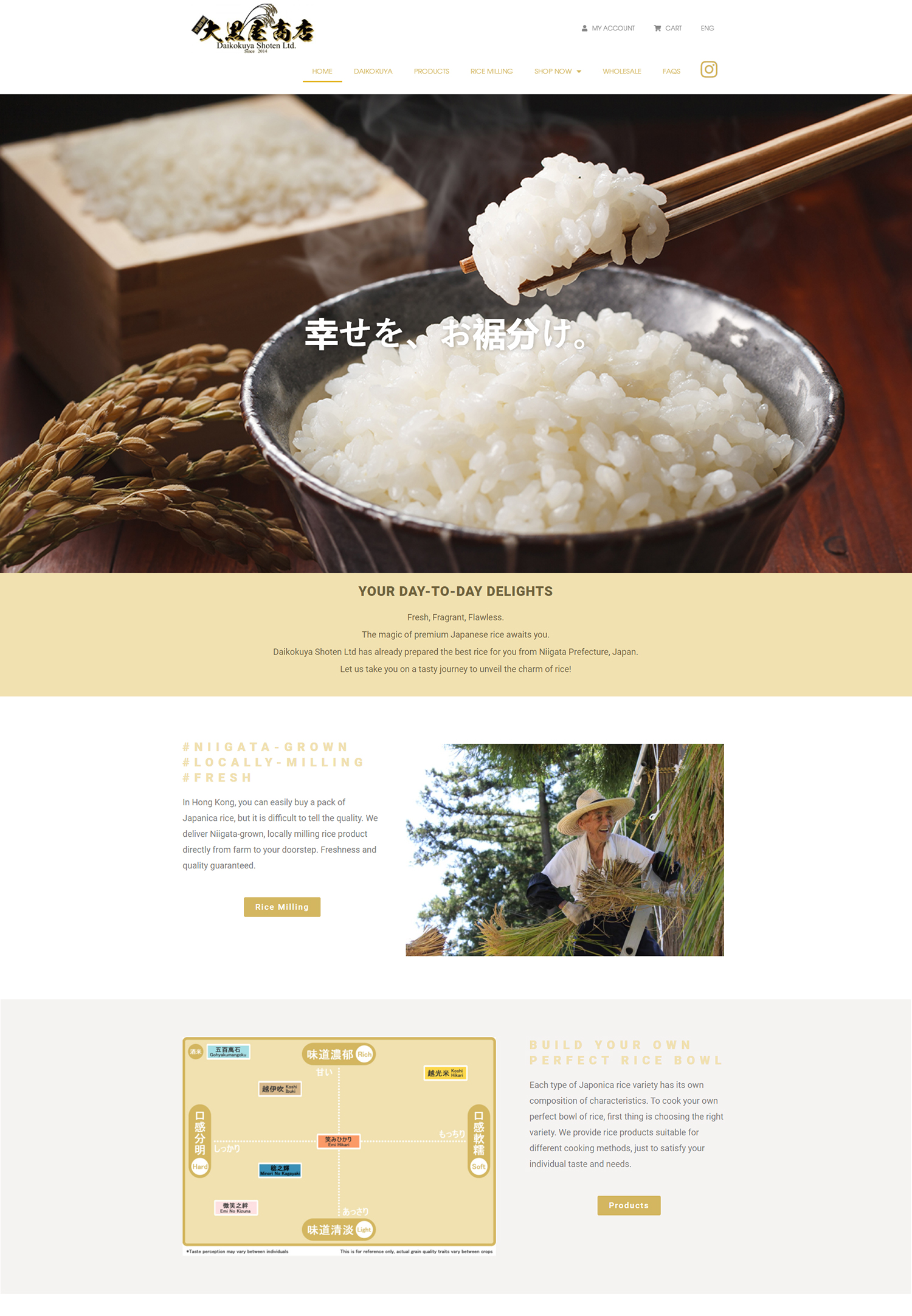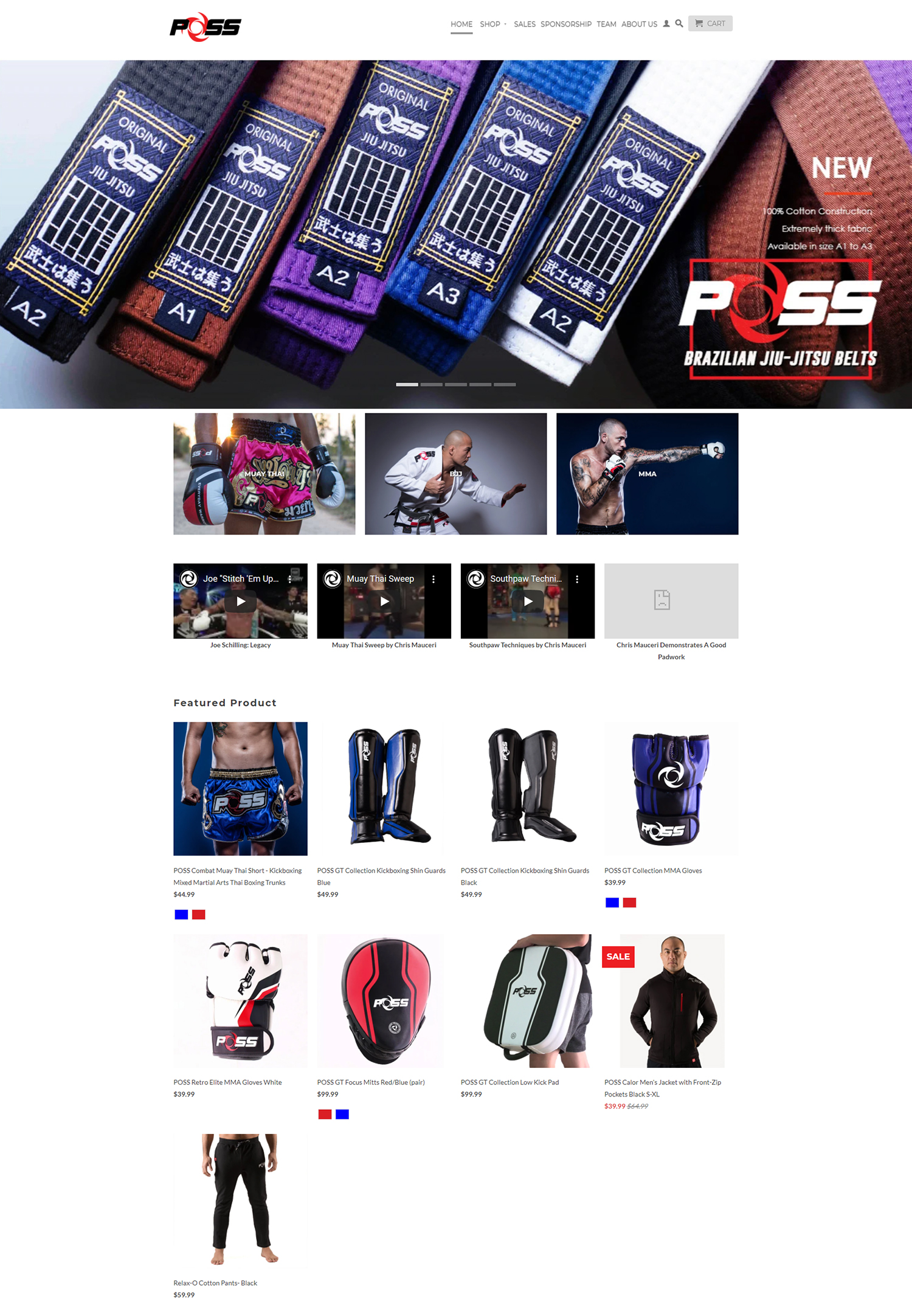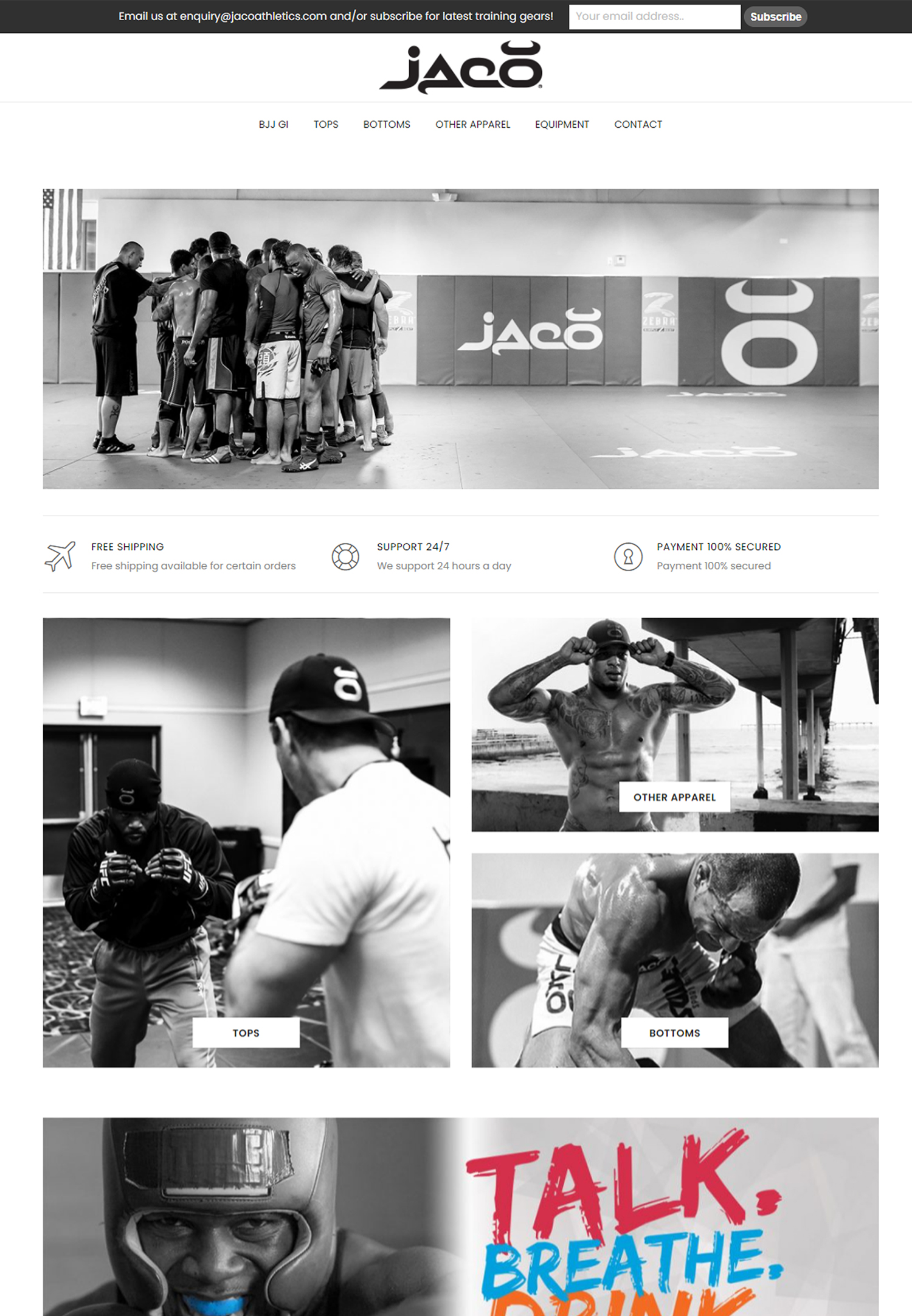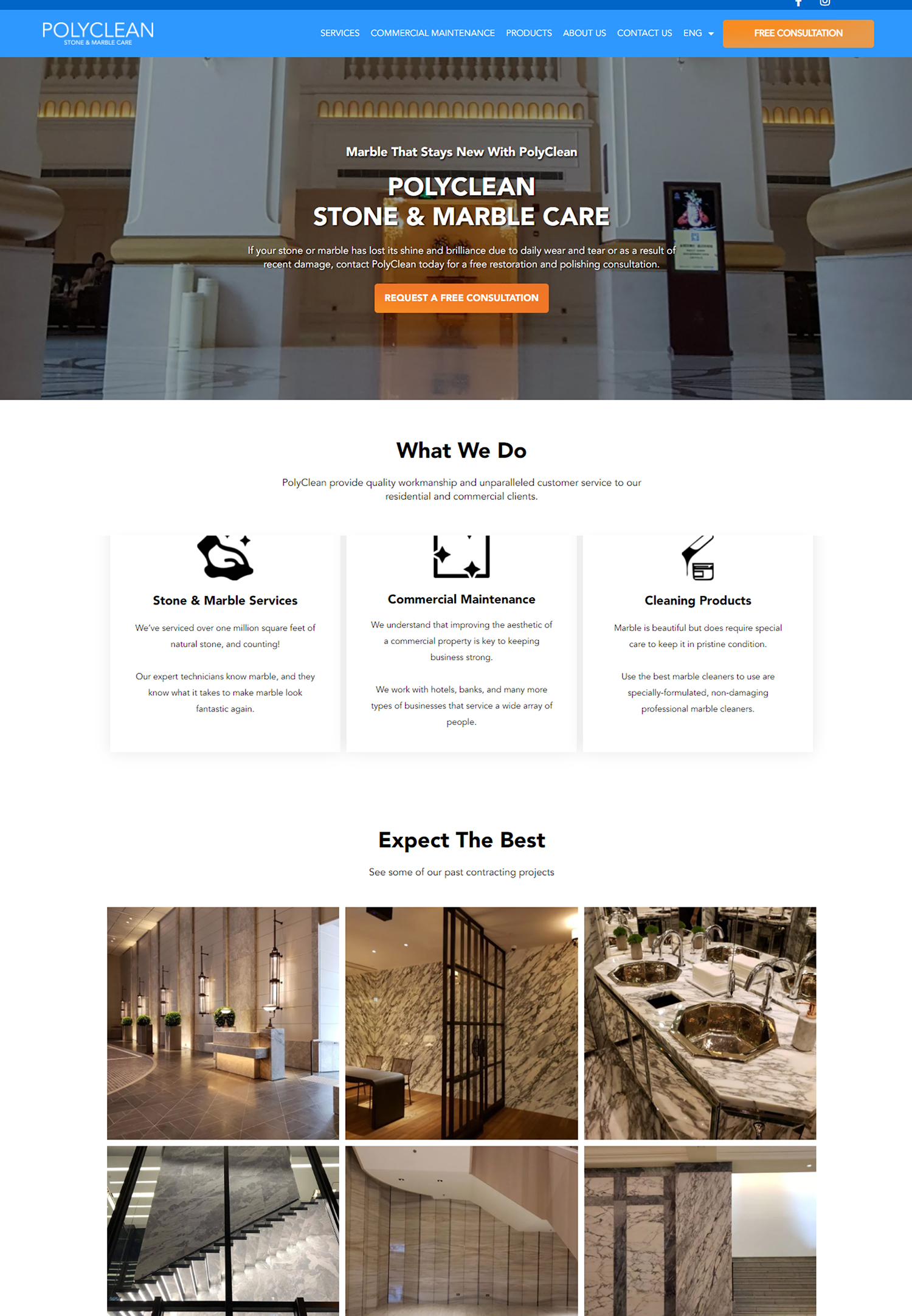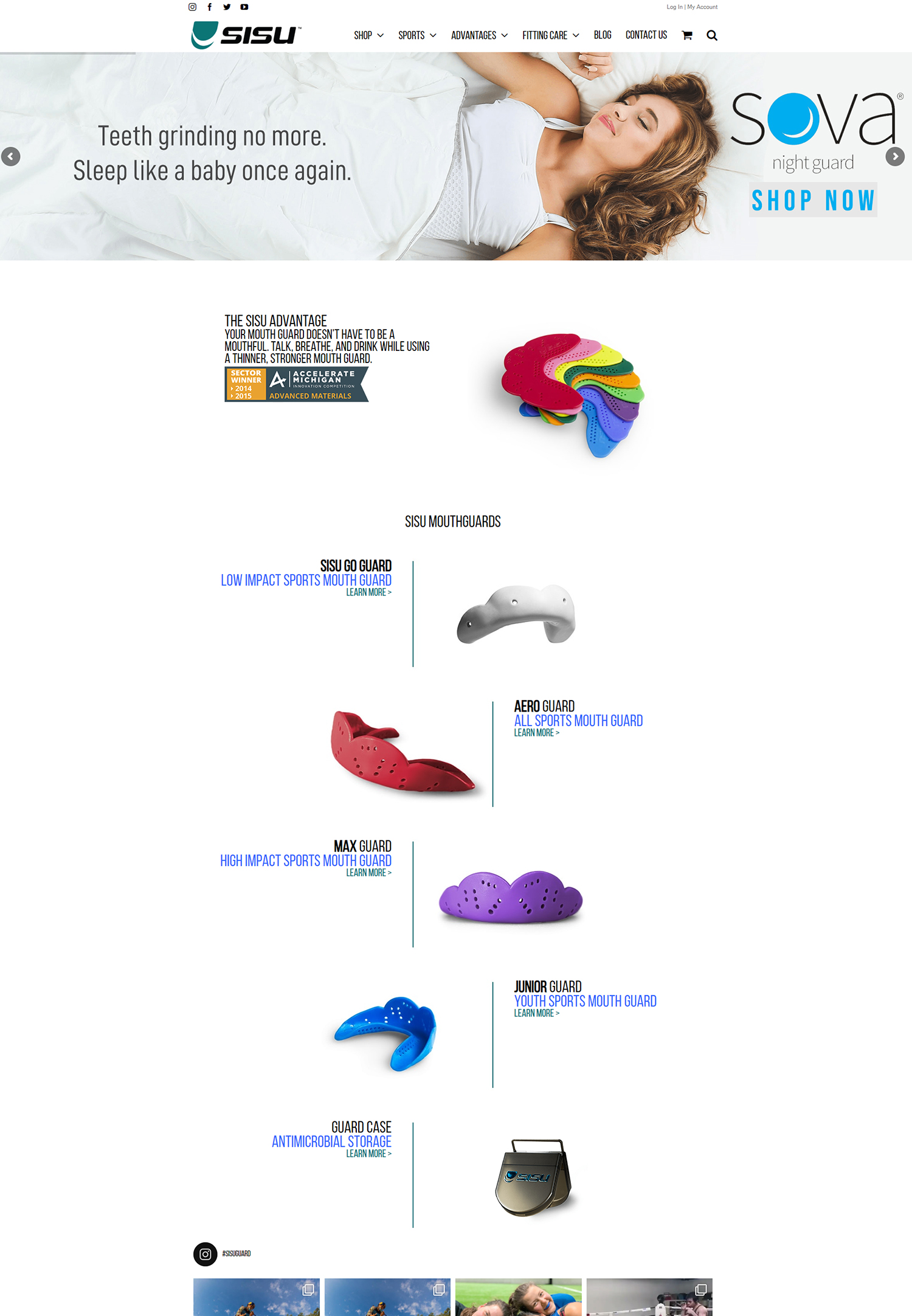In today’s digital age, video content has become an essential tool for bloggers looking to boost engagement on their websites. With the rise of platforms like YouTube and TikTok, video has become the preferred medium for consuming content online. Incorporating video into your blog can help you stand out from the competition and provide a more immersive experience for your audience. In this article, we will explore the importance of video content for blogs and provide tips on how to create and optimize engaging videos.
Why video content is crucial for boosting engagement on your blog
Statistics show that video content is highly effective in capturing and retaining audience attention. According to a study by HubSpot, 54% of consumers want to see more video content from brands they support. Additionally, videos have been found to generate 1200% more shares than text and images combined. These statistics highlight the power of video in engaging and resonating with your audience.
Video content can increase engagement on your blog in several ways. Firstly, videos are more visually appealing and can convey information more effectively than text alone. They allow you to showcase your personality, expertise, and creativity in a way that text cannot. Secondly, videos have the ability to evoke emotions and create a deeper connection with your audience. By incorporating storytelling techniques and visual elements, you can create a memorable experience that resonates with your viewers.
The benefits of incorporating video content into your blog
Incorporating video content into your blog can bring numerous benefits to both you and your audience. Firstly, it improves the user experience by providing a more interactive and engaging format for consuming information. Videos allow you to demonstrate concepts, provide tutorials, or showcase products in a way that is easier for viewers to understand and follow along with.
Furthermore, incorporating video content into your blog can increase the time spent on site by visitors. According to a study by Wistia, people spend 2.6x more time on pages with video compared to those without. This increased engagement can lead to higher conversion rates, as visitors are more likely to take action or make a purchase after watching a video.
How to create engaging video content for your blog
Creating engaging video content for your blog starts with brainstorming ideas that align with your blog’s niche and target audience. Consider what topics or questions your audience may have and how you can provide valuable information or entertainment through video. You can also repurpose existing blog content into video format, such as turning a how-to article into a step-by-step tutorial.
When filming and editing your videos, it’s important to follow best practices to ensure high-quality content. Invest in good lighting and audio equipment to enhance the production value of your videos. Keep your videos concise and focused, as attention spans are shorter online. Edit your videos to remove any unnecessary footage or mistakes, and add captions or subtitles for accessibility.
One crucial aspect of creating engaging video content is storytelling. Use narratives, anecdotes, or personal experiences to captivate your audience and make your videos more relatable. Incorporate visuals, music, and graphics to enhance the storytelling experience and create a cohesive and engaging video.
Tips for optimizing your video content for search engines
To ensure that your video content reaches a wider audience, it’s important to optimize it for search engines. Start by conducting keyword research to identify relevant keywords that align with your video’s topic. Incorporate these keywords in your video title, description, and tags to improve its visibility in search results.
When writing the description for your video, be sure to provide a detailed summary of its content and include relevant links or resources. This will not only help search engines understand what your video is about but also provide additional value to viewers.
How to promote your video content on social media

Promoting your video content on social media is crucial for reaching a wider audience and driving engagement. Each social media platform has its own unique features and audience, so it’s important to tailor your content accordingly.
When sharing your videos on platforms like YouTube or Facebook, be sure to optimize the title, description, and thumbnail to capture viewers’ attention. Use relevant hashtags and tags to increase the discoverability of your videos. Additionally, engage with your audience by responding to comments and encouraging them to share or subscribe to your channel.
Creating a social media strategy is also important for promoting your video content effectively. Determine which platforms are most relevant to your target audience and focus your efforts on those. Plan a content calendar to ensure consistent posting and engage with other users by liking, commenting, and sharing their content.
The importance of choosing the right video hosting platform
Choosing the right video hosting platform is crucial for ensuring that your videos are accessible and optimized for different devices and internet speeds. There are several options available, each with its own pros and cons.
YouTube is the most popular video hosting platform, with billions of users and a wide range of features. It offers free hosting, easy embedding options, and the ability to monetize your videos through ads. However, it also has a lot of competition and can be difficult to stand out among the crowd.
Vimeo is another popular option that offers higher quality video playback and a more professional aesthetic. It has a smaller user base but attracts a more niche audience, making it ideal for businesses or creators looking for a more targeted reach.
Other options include Wistia, which focuses on providing analytics and marketing tools for businesses, and Dailymotion, which offers a similar experience to YouTube but with less competition.
When choosing a video hosting platform, consider factors such as your target audience, budget, and desired features. It’s also important to ensure that the platform you choose aligns with your long-term goals and allows for easy integration with your blog.
How to measure the success of your video content
Measuring the success of your video content is essential for understanding what works and what doesn’t. There are several metrics you can track to gauge the performance of your videos.
One important metric is view count, which indicates how many times your video has been watched. However, it’s important to note that view count alone does not necessarily indicate engagement or success. Other metrics to consider include watch time, which measures how long viewers watch your videos, and engagement rate, which measures the number of likes, comments, and shares your videos receive.
It’s also important to analyze data from your video hosting platform or analytics tools to gain insights into viewer behavior. Look for patterns or trends in viewer demographics, watch time, or engagement to identify areas for improvement or opportunities for growth.
Best practices for incorporating video content into your blog posts
When incorporating video content into your blog posts, it’s important to consider placement and formatting. Place your videos strategically within your blog posts to enhance the user experience and provide additional value. For example, you can use videos as introductions or summaries of your blog post content, or embed them within relevant sections to provide visual demonstrations or examples.
Formatting is also important for optimizing the visibility and accessibility of your videos. Use a responsive design that adapts to different screen sizes and devices. Consider adding a thumbnail image or play button to entice viewers to click on your videos. Additionally, provide a transcript or captions for viewers who may have hearing impairments or prefer to read along with the video.
Consistency is key when incorporating video content into your blog posts. Establish a regular schedule for creating and publishing videos to keep your audience engaged and coming back for more. This will also help you build a library of video content that can be repurposed or shared across different platforms.
Examples of successful blogs using video content to boost engagement
There are numerous successful blogs that have effectively incorporated video content to boost engagement. One example is Buzzfeed’s Tasty, which has gained millions of followers by creating short recipe videos that are visually appealing and easy to follow. These videos have not only increased engagement on their website but also led to the creation of a successful YouTube channel and cookbook.
Another example is Gary Vaynerchuk’s blog, where he regularly posts videos providing advice and insights on entrepreneurship and marketing. His engaging and energetic style has helped him build a loyal following and establish himself as a thought leader in his industry.
These examples highlight the power of video content in capturing and retaining audience attention. By providing valuable information or entertainment in a visually appealing format, these blogs have been able to boost engagement and grow their audience.
Common mistakes to avoid when incorporating video content into your blog
When incorporating video content into your blog, there are several common mistakes to avoid. Firstly, avoid creating videos that are too long or lack focus. Attention spans are shorter online, so it’s important to keep your videos concise and focused on a specific topic or message.
Another mistake is neglecting video SEO. Be sure to optimize your videos for search engines by using relevant keywords, writing detailed descriptions, and adding tags. This will help improve the visibility of your videos and attract a wider audience.
Lastly, avoid neglecting the quality of your videos. Invest in good lighting and audio equipment to ensure that your videos are clear and professional. Poor quality videos can be distracting and may deter viewers from engaging with your content.
In conclusion, incorporating video content into your blog is crucial for boosting engagement and providing a more immersive experience for your audience. Video content has been proven to be highly effective in capturing attention, evoking emotions, and increasing conversion rates. By following best practices for creating, optimizing, and promoting your videos, you can effectively engage your audience and grow your blog’s reach. So don’t wait any longer – start incorporating video content into your blog strategy today!
If you’re looking to boost engagement on your website, incorporating video content is a must. According to a recent study, websites that include videos have a 41% higher click-through rate than those without. Not only does video capture attention and convey information more effectively, but it also helps build trust and credibility with your audience. To learn more about the benefits of using video on your website, check out this informative article from Populis Digital: Incorporating Video Content for Engagement.
FAQs
What is video content?
Video content refers to any type of visual media that is recorded and shared through digital platforms. It can include anything from short clips to full-length movies, and can be used for entertainment, education, marketing, and more.
Why is video content important for engagement?
Video content is important for engagement because it is a highly engaging and interactive medium that can capture people’s attention and keep them engaged for longer periods of time. It can also be used to convey complex information in a more digestible and memorable way.
What are some examples of video content?
Some examples of video content include product demos, explainer videos, how-to tutorials, interviews, webinars, live streams, and social media stories.
How can businesses incorporate video content into their marketing strategy?
Businesses can incorporate video content into their marketing strategy by creating high-quality videos that showcase their products or services, provide valuable information to their audience, and engage with their customers on a more personal level. They can also use video content to promote their brand on social media, through email marketing, and on their website.
What are some best practices for creating video content?
Some best practices for creating video content include keeping it short and to the point, using high-quality visuals and audio, telling a compelling story, providing value to your audience, and optimizing your videos for search engines and social media platforms. It’s also important to have a clear call-to-action at the end of your video to encourage viewers to take action.





